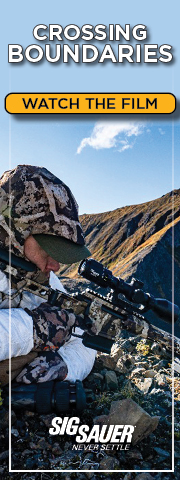parrotheadkjc
New member
- Feb 1, 2019
- 12
I have never bow hunted before this coming season. I have rifle hunted for over 39 years. After watching a lot of elk hunting videos, I understand why you wait after your shot on the elk/deer, but my question is why do you NOT go to the spot where your animal was standing to see if there is "good" blood there? That way it would help you know if you have a good shot or not? Thanks for the help.



